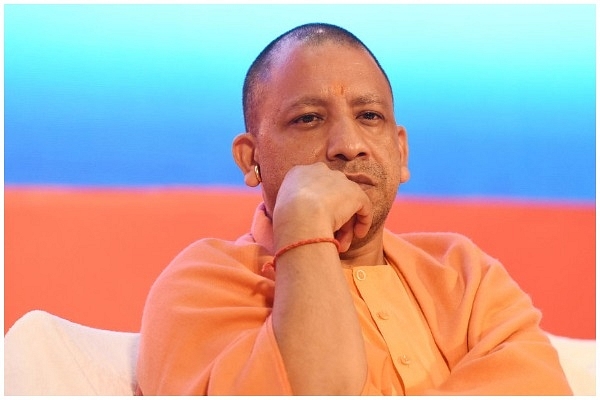Politics
A Few Quick Lessons From The Gorakhpur Bypoll Loss For BJP
- Gorakhpur is now with the Samajwadi Party for at least a year. For now, the Bharatiya Janata Party would do well to take its lessons from the shocking defeat.

Uttar Pradesh Chief Minister Yogi Adityanath. (Subhankar Chakraborty/Hindustan Times via Getty Images)
A day after scoring a political victory of sorts with their successful handling of the Kisan March in Maharashtra, the ruling Bharatiya Janta Party (BJP) faced one of its most significant setbacks yesterday in the bypolls of Gorakhpur (seat vacated by Uttar Pradesh Chief Minister Yogi Adityanath) and Phulpur (seat vacated by Deputy Chief Minister Keshav Prasad Maurya) where the Samajwadi Party-Bahujan Samaj Party combine defeated the BJP candidates convincingly. The losses, especially of Gorakhpur, a seat Yogi Aditynath had won five times, and one that is considered as a BJP bastion, must rankle and a quick analysis might be in order.
- There are not too many states, where this model of two strong, non-BJP, non-Congress parties joining hands can be implemented. Even without getting into if SP and BSP can sort out their cadre differences well enough to arrive at a seat-sharing formula for 80 Lok Sabha seats (remember BJP-Shiv Sena headaches leading up to 2014 Lok Sabha elections?), let us also accept that in many states, the opposition will have to take Congress in its fold, and in the shape the party is right now, BJP should feel confident of trouncing such opposition in most places.
- BJP’s ground game in stitching together alliances is much improved compared to its 1998-2004 era. At present, BJP has kept Congress out of power in three states in spite of being the single largest party. In our parliamentary system, where MPs across different states need to come together to cross the 272 number, the opposition as united as it is, might find it really difficult to counter Amit Shah machinations.
8. Mainstream media can no longer continue to even carry on pretence of neutrality: a large section of Indian mainstream media is not only biased against BJP but actively invested in its opponents. From M K Venu’s open threat to investigative agencies to other journalists tweeting advice to Congress on how to stop BJP, the gloves are well and truly off. With Congress rewarding rabid partisan Kumar Ketkar with a Rajya Sabha nomination, and Modi government’s complete lack of interest in continuing the old access and power to the Lutyen’s, it does not take a genius to figure out which side the mainstream media’s bread is buttered on. From here on, the masses would do well to take everything the mainstream media says with a giant pinch of salt.
Introducing ElectionsHQ + 50 Ground Reports Project
The 2024 elections might seem easy to guess, but there are some important questions that shouldn't be missed.
Do freebies still sway voters? Do people prioritise infrastructure when voting? How will Punjab vote?
The answers to these questions provide great insights into where we, as a country, are headed in the years to come.
Swarajya is starting a project with an aim to do 50 solid ground stories and a smart commentary service on WhatsApp, a one-of-a-kind. We'd love your support during this election season.
Click below to contribute.
Latest